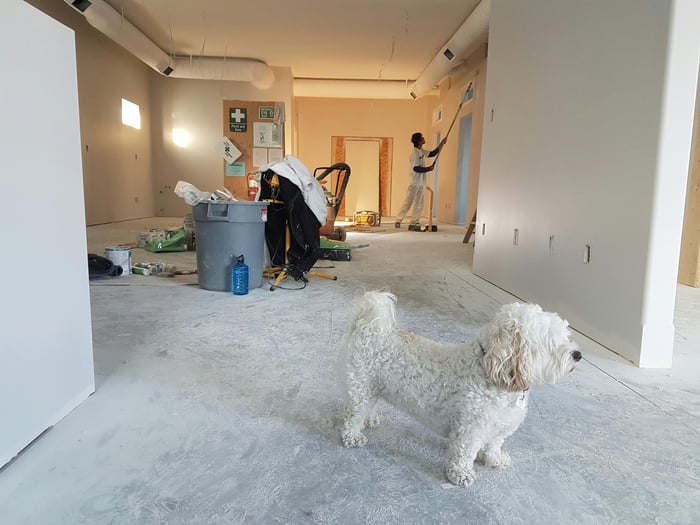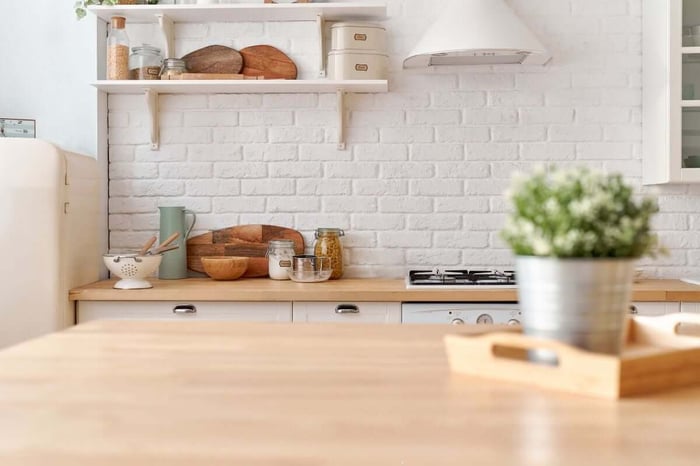
How to Read a Cleaning Product Label (And Spot the Greenwashing)
If you are like me, you started your non-toxic journey picking up “natural” cleaners off the shelf only to later discover they weren’t really all that natural. You’re not alone. With more families looking to create healthier homes, large companies with large marketing budgets know how to slap eco-friendly words and pretty nature-like images on their packaging…but sometimes, that’s just what it is: a label, not a lifestyle.
At Hyve, we believe in transparency and true non-toxic cleaning that benefits your home’s microbiome, not messes with it. Let’s break down how to read a cleaning product label and, just as importantly, how to spot greenwashing so you can shop smarter next time you find yourself in the cleaning aisle.
What Is Greenwashing, Anyway?
Greenwashing is when companies use misleading marketing to make their products appear more eco-friendly or safer than they actually are. It’s when words like “green,” “eco,” “plant-based,” or “natural” get used without any real backing.
Sometimes the product contains just one green-sounding ingredient but is still packed with harsh chemicals. Other times, the branding is earthy and soft, but the ingredients list tells another story.
Common Greenwashing Red Flags
Here are a few label tricks to watch for:
1. Vague Terms Without Certification
Buzzwords like “non-toxic,” “natural,” or “safe for the environment” sound great, but they mean nothing unless backed by third-party certifications like:
- EPA Safer Choice
- USDA Certified Biobased
- Leaping Bunny (cruelty-free)
If there’s no legitimate certification? Take it with a grain of salt and do a bit more research. A quick Google search can be enlightening.
2. Fragrance
If the label just says “fragrance” or “parfum”, beware. Companies aren’t required to disclose what's in their fragrance blends, and they often contain allergens or hormone disruptors. Basically, an ingredient list can have fragrance and within that fragrance could be undisclosed harmful ingredients.
At Hyve, we use essential oils like lavender and bergamot for natural scent, not mystery chemicals.
3. Hidden Hazard Warnings
Some “green” cleaners still include fine print like “hazardous to humans and domestic animals” or “use in well-ventilated area.” That’s a red flag. A truly non-toxic product should be safe to use around your kids, pets, and even on food surfaces.
Brands That Have Been Called Out for Greenwashing
We’re not here to name and shame - unless it helps you protect your home. Some well-known brands have been criticized for misleading claims:
- Simple Green: Once popular for being “non-toxic,” several of their products were found to contain ingredients that are harmful to aquatic life and respiratory systems.
- Method and Mrs. Meyers: These brands have great marketing, but both have been flagged for using synthetic fragrances and lacking full transparency in ingredient lists.
- Green Works (Clorox): Marketed as a “natural” alternative, but they’ve faced scrutiny for lacking third-party certifications and using questionable surfactants.
We get it…it’s confusing and overwhelming out there.
So, What Should You Look For?
Here’s a quick guide to decoding labels:
Label Term | What It Really Means |
Plant-Based | Look for full ingredient lists. Some use this to distract from harsh chemicals. |
Biodegradable | A good sign, but ask: how long does it take to biodegrade? Under what conditions? |
Certified Non-Toxic | Look for third-party backing (not just the company’s own claims). |
|
Probiotic Cleaners: A Smarter, Healthier Choice
Instead of trying to kill 99.9% of bacteria (including the good ones!), Hyve probiotic cleaners work with your home’s natural microbiome. Here’s why that matters:
- Probiotics break down grime even after you’re done cleaning - yes, they keep working (for up to five days)!
- They create a balanced environment, helping reduce harmful bacteria without over-sanitizing.
- They’re non-toxic, safe, and eco-conscious - with no greenwashing needed.
We proudly list every ingredient and explain why it's there. No secrets. No scary chemicals hiding behind vague terms.
The Bottom Line: Don’t Just Trust the Label, Research It
Your health, and your home, deserve better than pretty packaging and buzzwords. Whether you’re wiping down highchairs, countertops, or pet bowls, make sure you’re using a cleaner that’s truly clean.
And if you ever want a label you don’t have to second-guess? Start with Hyve. Thoughtfully formulated. Probiotic-powered. Truly non-toxic.
Want to learn more about how probiotic cleaners support your family’s health? Click here to explore our ingredients and see what makes Hyve different.






